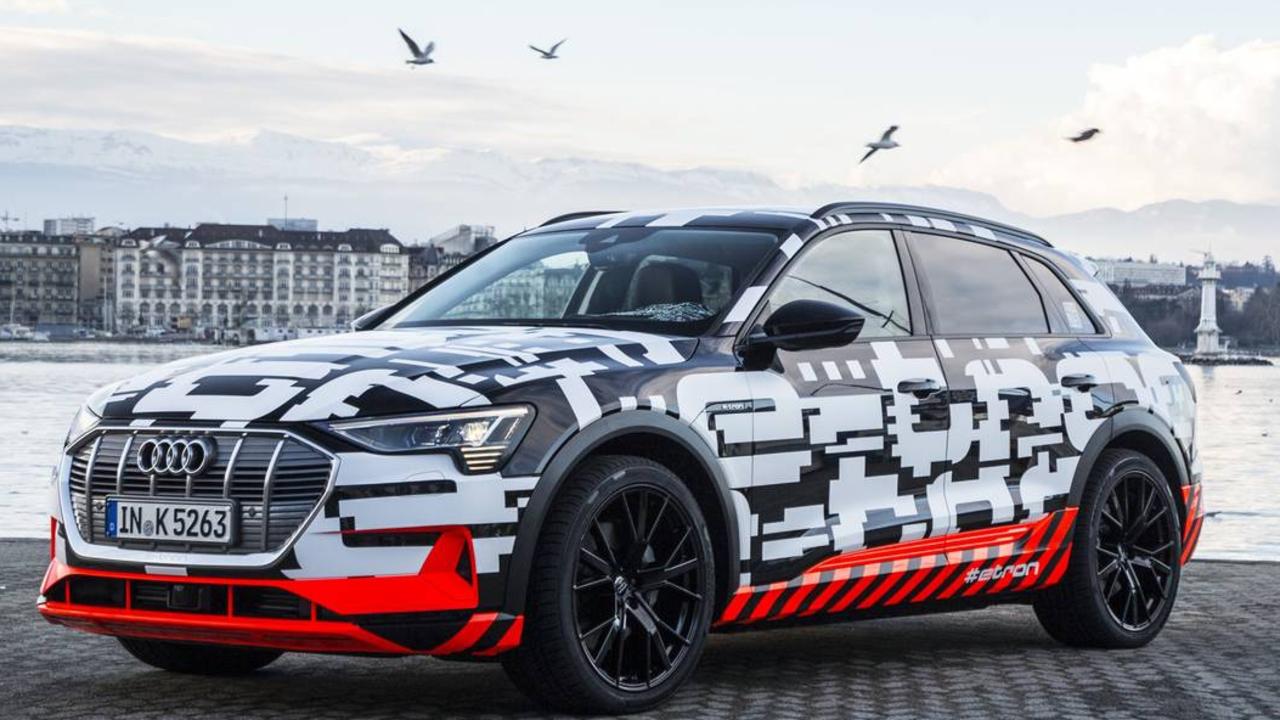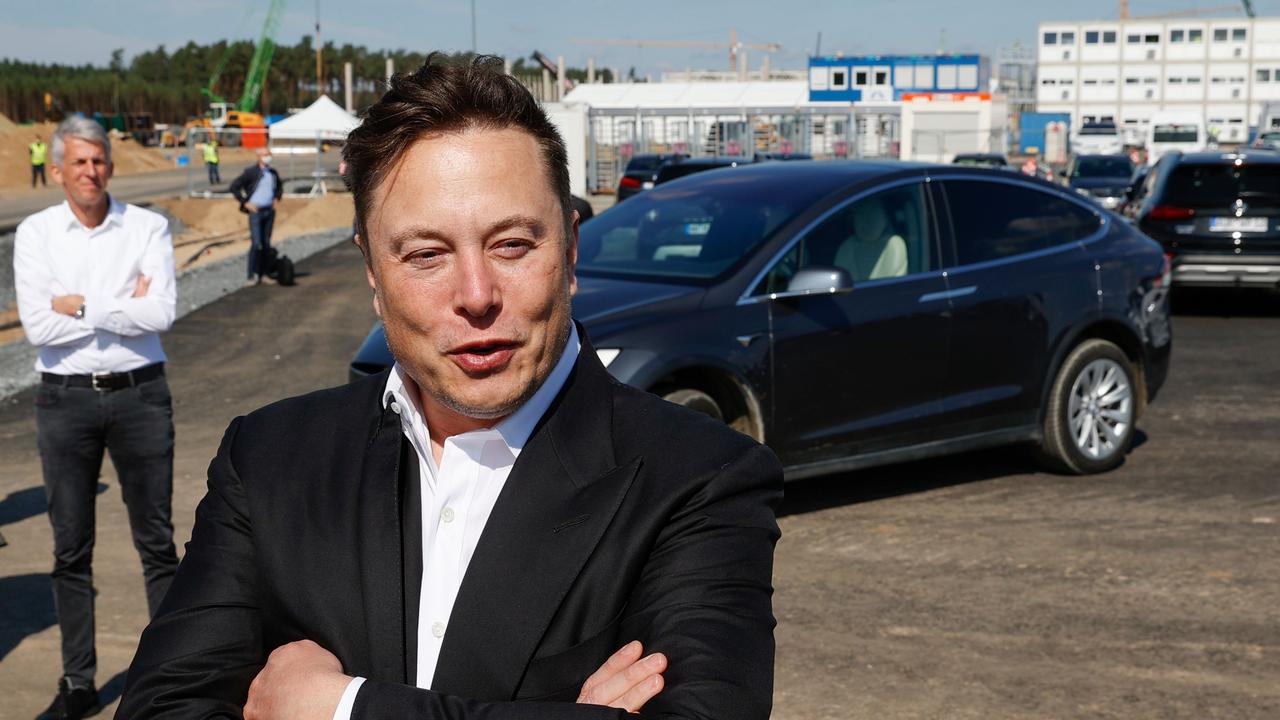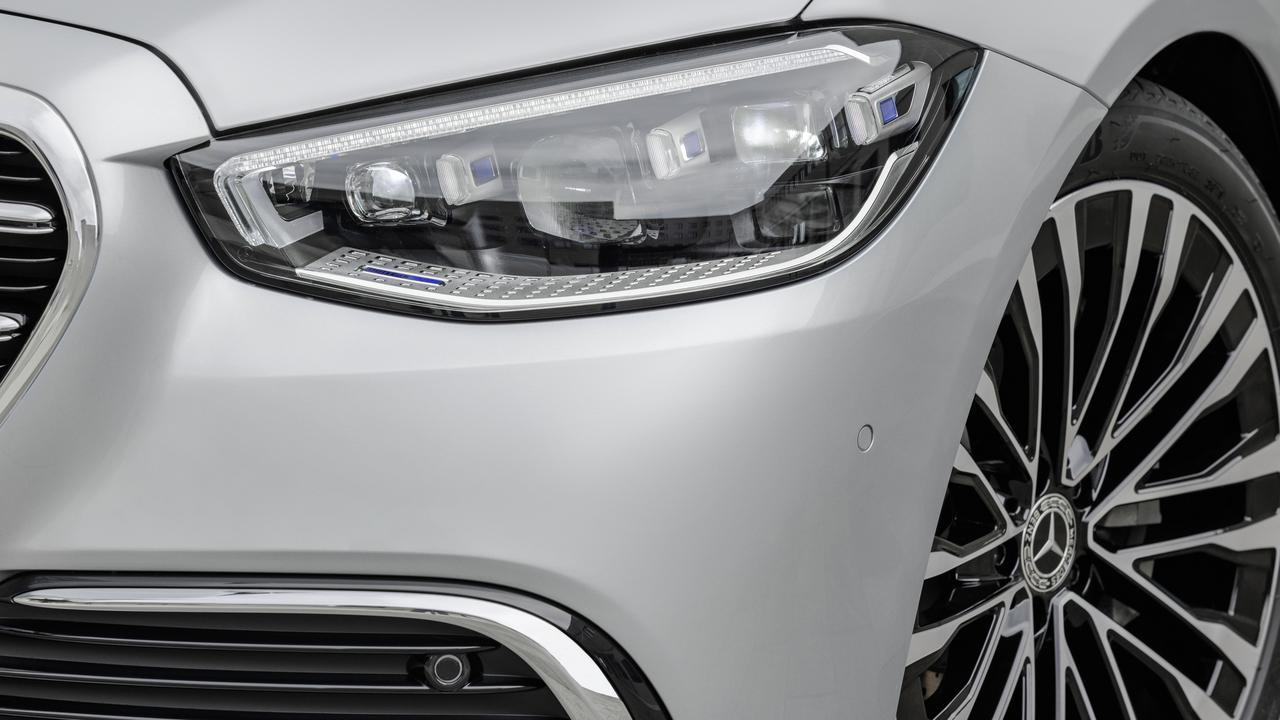Car makers band together to take on Tesla’s Supercharger network
AUDI has revealed details of its coming electric SUV with a hint on how it will compete with Tesla.
A BATTLE of the superchargers is brewing.
Audi has revealed details of its coming e-tron electric SUV and how it plans to take on Tesla.
The German brand also plans a new charging network that will rival Tesla’s Supercharger set-up.
Tesla’s charging plugs differ from those other electric vehicles so the American brand’s 400 strong European Supercharger sites form a quite exclusive club. Tesla Model S and X owners get 400kWh free access to the Supercharger sites in Australia and Europe, translating to roughly 1600km of travel.

But Audi has banded together with Mercedes-Benz, Ford, BMW and the rest of the Volkswagen Group — which includes VW, Porsche, Skoda and Seat — to build a network of fast chargers across Europe with a universal plug.
Each brand plans to bring electric models to market in the near term, with Audi and Mercedes-Benz confirming their first EVs next year.
The network, named Ionity, aims to match Tesla’s 400 stations by 2020, when electric sales are expected to increase. Ionity claims that it will supply the majority of power at its sites from renewables.
READ: How Audi is changing the way cars look forever
Audi’s e-tron can take a 150kW-equivalent charge via an Ionity charging station, superior to the 120kW delivered by a Tesla Supercharger.
However, the German maker also revealed plans for its vehicles to use third-party charging networks, which are prevalent throughout Europe and use a more common charging plug.
The myAudi app will allow its EVs to pay for charging with a quick scan of a QR code on a smartphone, with bills issued monthly.
Audi is expected to reveal its e-tron electric SUV in full on September 17. The vehicle has already entered production in Belgium.

The e-tron will have a range of 400km that can be recharged in 30 minutes. Audi is replacing the e-tron side mirrors with cameras which then project the image on a OLED screen on the driver and passenger doors sandwiched in a prism between the window, door handle and the dash.




